Guggenheim Museum Licenses Colors; Towel Bars and TP Holders Coming In 2012
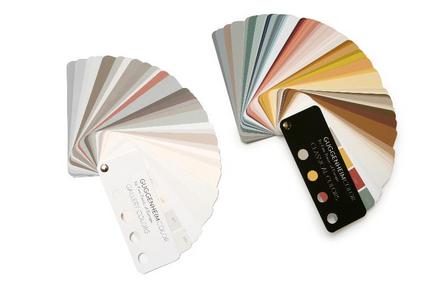 Qualifying for most hilarious licensing deal of the month, The Guggenheim Museum in New York is licensing paint colors. It's a natural, from a focus group viewpoint. Think about it. Museums have both paint-ings and they also paint their walls. Sometimes in non-white colors! So they took colors from famous/old paintings to create a fan deck that looks like, well, like most paint fan decks, except with fewer true greens and oranges.
Qualifying for most hilarious licensing deal of the month, The Guggenheim Museum in New York is licensing paint colors. It's a natural, from a focus group viewpoint. Think about it. Museums have both paint-ings and they also paint their walls. Sometimes in non-white colors! So they took colors from famous/old paintings to create a fan deck that looks like, well, like most paint fan decks, except with fewer true greens and oranges. For more information about the Guggenheim Museum's licensing program: www.guggenheim.org/new-york/about/licensing-location- .shoots
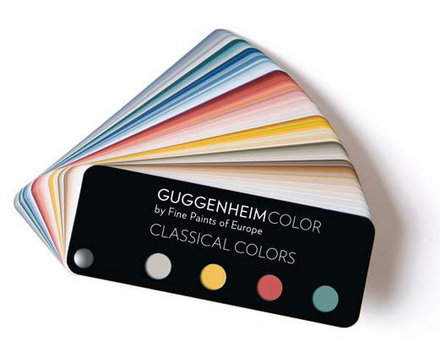
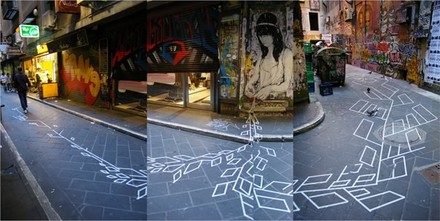
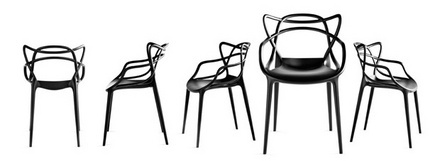
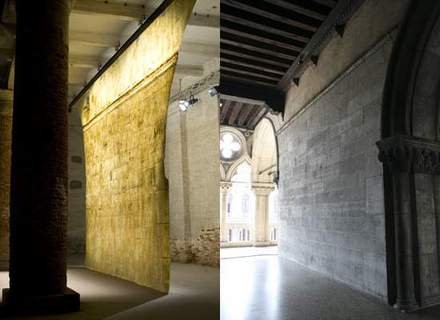
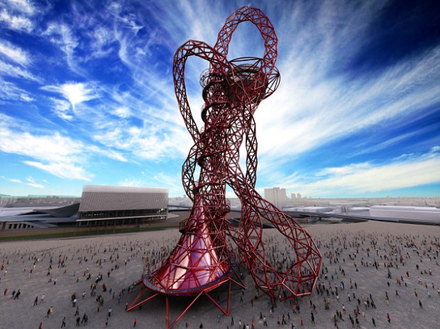
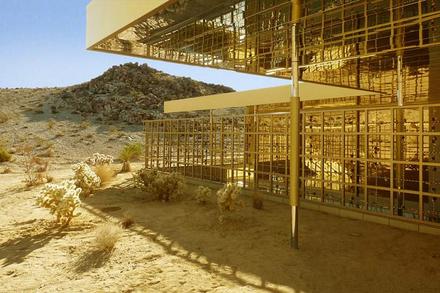
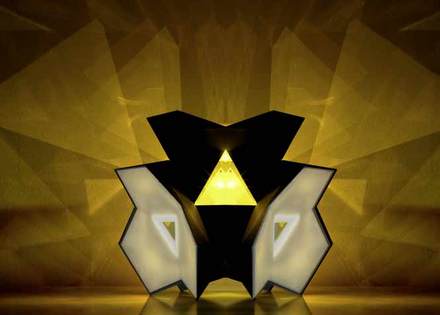
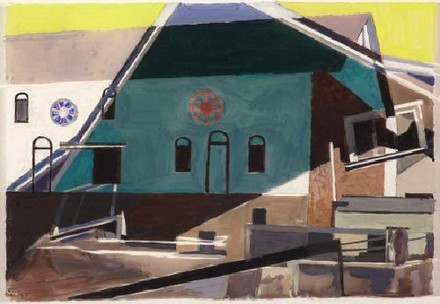
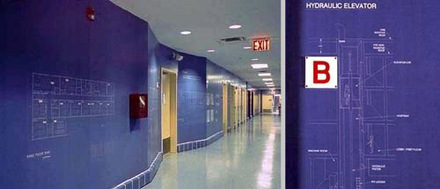
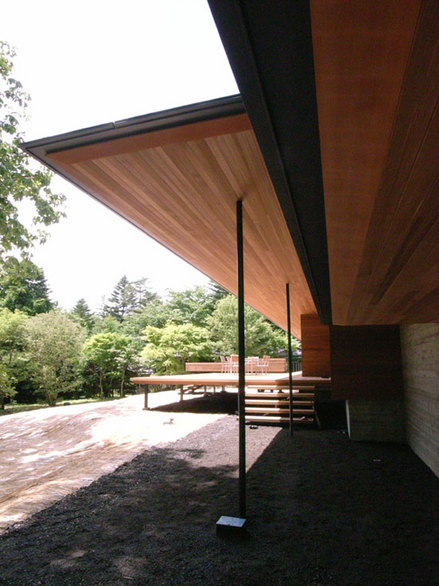
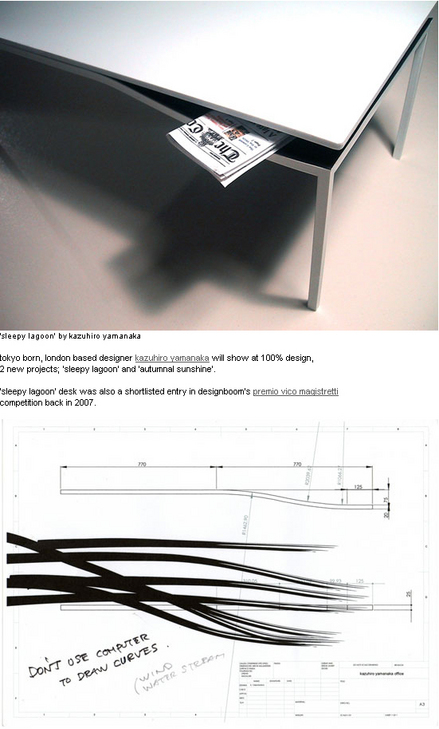
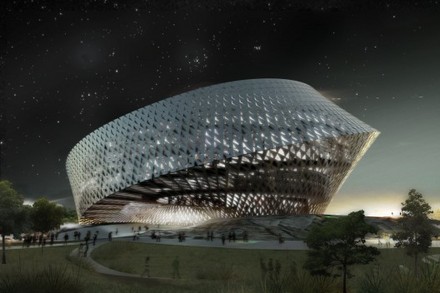
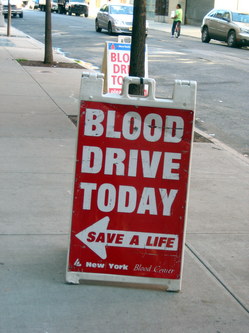
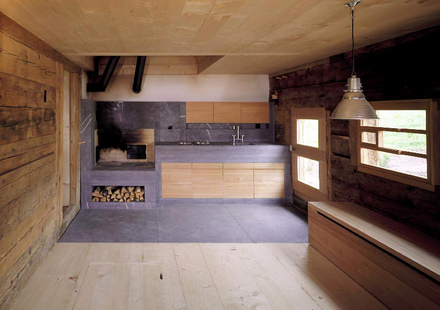
































































 From
From 


































































